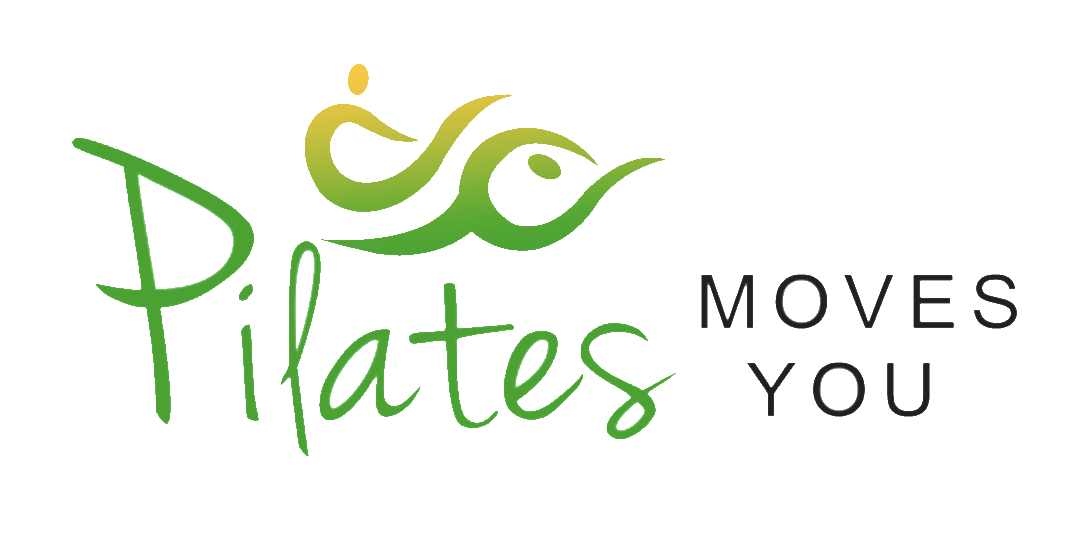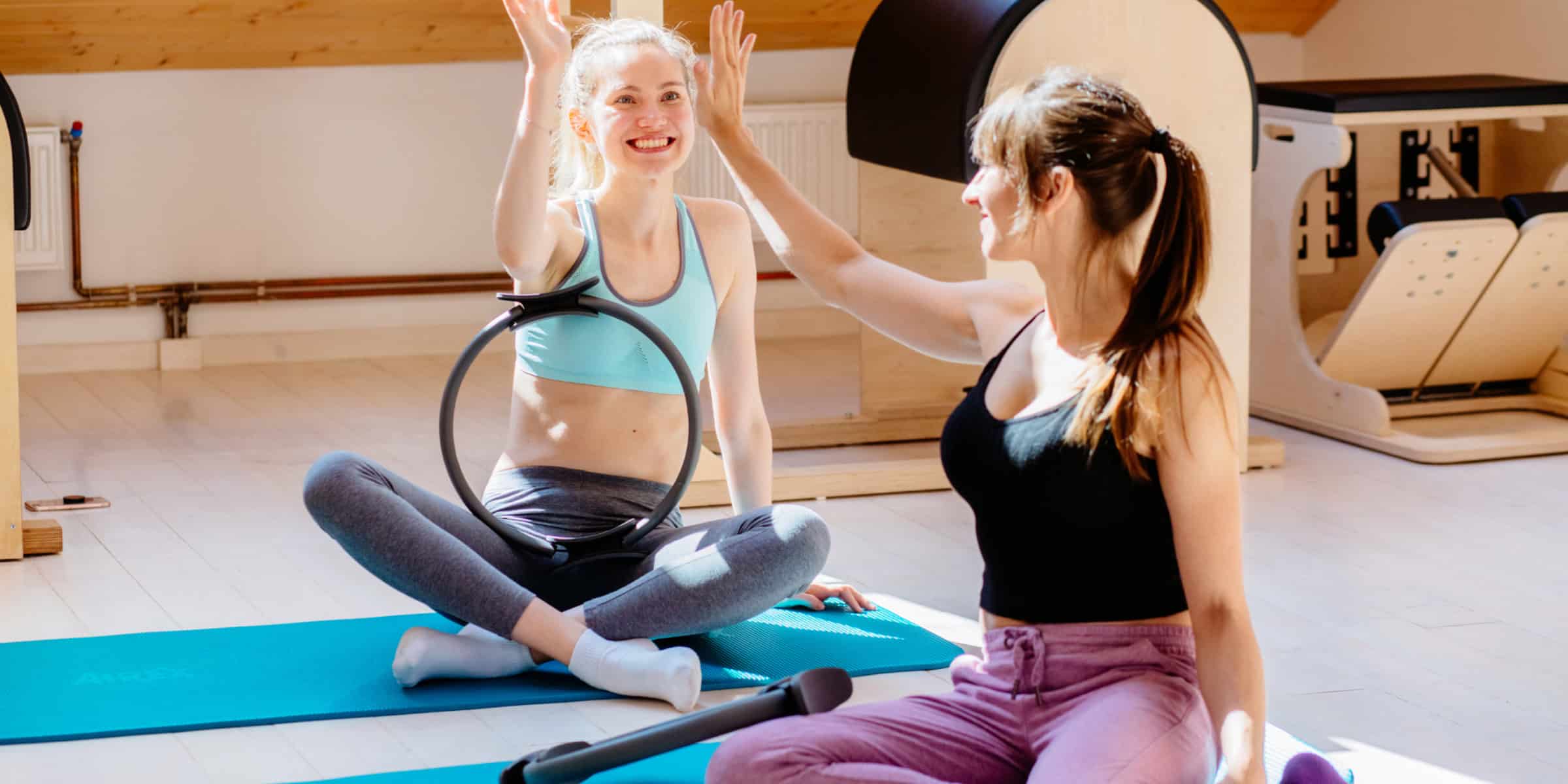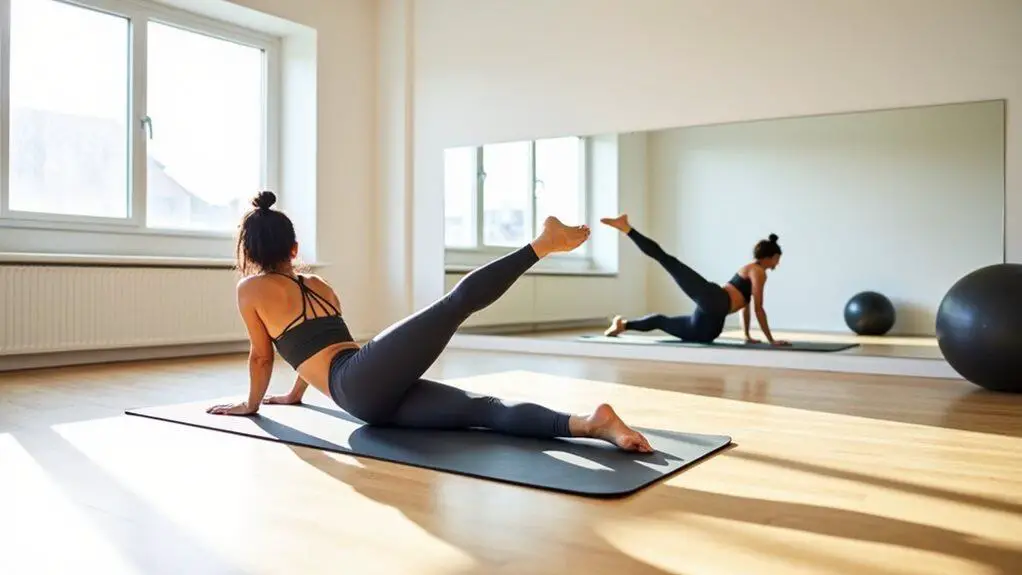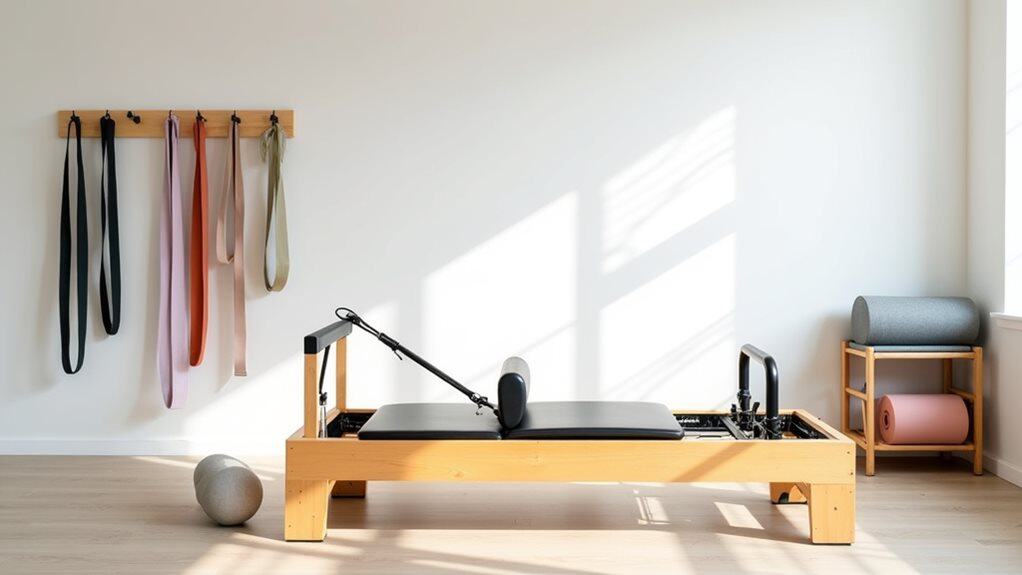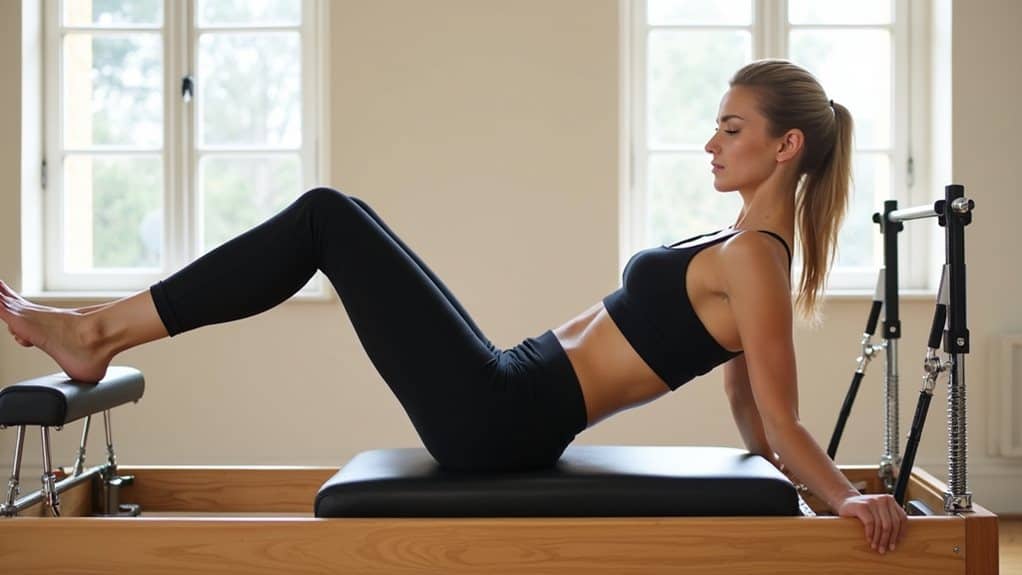Are you curious about how heavy a Pilates ring is? Pilates is a popular form of exercise that focuses on strengthening the core muscles and improving flexibility. Pilates rings, also known as magic circles, are a common accessory used in Pilates workouts to add resistance and challenge to your exercises.
A Pilates ring, also known as a magic circle, typically weighs between 0.5 and 1.5 pounds. However, the exact weight may vary depending on the brand and model of the ring.
Understanding the weight of a Pilates ring is crucial to choosing the right one for your fitness level and achieving your fitness goals. In this article, we will explore the importance of weight in Pilates practice and the weight range of Pilates rings.
We will also discuss the impact of weight on Pilates exercises and provide tips on how to choose the right weight for your Pilates ring. Additionally, we will share some safety guidelines for using a Pilates ring and the benefits of incorporating it into your workouts.
So, get ready to learn how the weight of a Pilates ring can make a difference in your Pilates practice and help you achieve your fitness goals.
Overview of Pilates and Pilates Accessories
Get ready to learn about the amazing world of Pilates and all the accessories that can take your practice to the next level! Pilates is not just an exercise; it’s a philosophy that emphasizes the body-mind connection.
It was developed by Joseph Pilates in the early 20th century as a way to improve physical and mental health. The history of Pilates is fascinating and inspiring. Joseph Pilates was a German physical trainer who began developing his method while interned in a British camp during World War I.
He used his time to refine his approach to exercise, which he called ‘Contrology.’ After the war, he moved to New York and opened a studio, where he continued to develop his method and teach it to others. Today, Pilates is practised all over the world and has become a popular form of exercise for people of all ages and fitness levels.
One of the great things about Pilates is that it can be practised with or without equipment. However, many people find that using accessories like Pilates rings, balls, and bands can help them get more out of their practice. These tools can add resistance, support, or challenge to your movements, allowing you to work different muscle groups and deepen your mind-body connection.
In the next section, we’ll explore the importance of weight in Pilates practice and how accessories like the Pilates ring can help you achieve your goals.
Importance of Weight in Pilates Practice
The weight of the circular device used in Pilates is a crucial factor in achieving the desired level of resistance and muscle engagement. When selecting the weight of your Pilates ring, it’s important to consider your fitness level and the specific exercises you plan on performing.
A lighter ring may be better suited for beginners or those with limited upper body strength, while a heavier ring may be necessary for advanced practitioners seeking a greater challenge. Weight selection is not the only factor to consider when using a Pilates ring.
Exercise modification is also an important aspect of using this accessory effectively. Depending on the exercise, you may need to adjust the weight of your ring or use it in a different way to achieve the desired results. For example, you may need to use a lighter ring for exercises that target smaller muscle groups, while a heavier ring may be necessary for exercises that require more overall strength.
Incorporating the right weight and modifications into your Pilates practice can help you achieve optimal results. In the next section, we’ll explore the weight range of Pilates rings and offer advice on selecting the appropriate weight for your fitness level and workout goals.
Remember, the weight of your Pilates ring is just one aspect of your practice – be sure to also focus on proper form, breathing, and overall mind-body connection to fully experience the benefits of this powerful exercise method.
Weight Range of Pilates Rings
When it comes to the weight range of Pilates rings, there are a few key points to consider. First, different brands and models may vary in weight, so it’s important to do your research before making a purchase.
Second, it’s helpful to compare the weight of the Pilates ring to other Pilates accessories you may be using, such as resistance bands or weights.
By finding the right weight range for your Pilates practice, you can ensure that you’re getting the most out of your workouts.
Different Brands and Models
You’ll find a variety of options to choose from when it comes to different brands and models of Pilates rings. Popular brands include Balanced Body, Gaiam, and Stamina.
These brands offer different types of Pilates rings made from materials such as steel, rubber, and foam. The material composition can affect the weight of the ring, but generally, most Pilates rings weigh between 1-3 pounds.
When it comes to different models of Pilates rings, some are designed with added resistance for a more challenging workout.
For example, Gaiam offers a Pilates ring with resistance cords attached to the ring, while Stamina offers a Pilates ring with an adjustable resistance setting. These added features can make for a more intense Pilates session.
Now, let’s compare Pilates rings to other Pilates accessories.
Comparison with Other Pilates Accessories
If you’re looking for a versatile and effective accessory to enhance your Pilates routine, consider comparing Pilates rings with other popular options.
Here’s how Pilates rings stack up against resistance bands:
-
Weight range: Pilates rings typically weigh between 0.5-1.5 pounds, while resistance bands can range from very light to very heavy. If you’re looking for a lightweight option, the Pilates ring may be more suitable for you.
-
Resistance type: Pilates rings provide a more targeted resistance to specific muscles, while resistance bands offer more overall resistance for a full-body workout.
-
Portability: Both Pilates rings and resistance bands are lightweight and easy to pack, making them great for travel or on-the-go workouts.
-
Versatility: Pilates rings can be used for a variety of exercises, including arm, leg, and core exercises, while resistance bands are primarily used for upper body exercises.
Now that you have a better understanding of how Pilates rings compare to resistance bands, let’s explore the impact of weight on Pilates exercises.
Impact of Weight on Pilates Exercises
When considering the impact of weight on Pilates exercises, there are several key points to keep in mind.
First, the weight of your Pilates ring will determine the level of muscle engagement and resistance you experience during each movement.
Second, the weight of the ring will also impact the difficulty level of your workout.
Finally, it’s important to consider safety and comfort when choosing the right weight for your Pilates ring.
By taking these factors into account, you can tailor your Pilates practice to your specific goals and needs.
Muscle Engagement and Resistance
As you use the pilates ring during your workout, you’ll notice how it engages your muscles. The ring provides resistance that requires you to use your muscles to push against it, activating them and making them work harder. This muscle activation is what creates the burn that lets you know you’re getting a great workout.
The resistance levels of the pilates ring can be adjusted depending on your fitness level and the exercises you’re doing. The more you squeeze the ring, the more resistance it provides, making it a versatile tool for all levels of fitness.
Now, let’s talk about the difficulty level of pilates exercises with the pilates ring.
Difficulty Level
The level of challenge in Pilates exercises increases when incorporating the versatile resistance of the Pilates ring. The ring adds an element of difficulty to exercises by providing constant resistance, making it harder to maintain proper form. However, there are common misconceptions about the difficulty level of using a Pilates ring.
Here are a few things to keep in mind:
- The level of difficulty is adjustable to your fitness level and experience with Pilates.
- Proper form is key to getting the most out of your Pilates ring workout.
- Consistency and practice will help you improve your strength and flexibility with the Pilates ring.
It’s important to approach the Pilates ring with an open mind and a willingness to learn. With proper form and dedication, you can achieve a challenging and effective workout with the Pilates ring. As you progress, you’ll find that the ring becomes an essential tool in your Pilates practice.
Moving on to the next section about safety and comfort, it’s important to remember that while the Pilates ring can provide a challenging workout, it shouldn’t cause pain or discomfort.
Safety and Comfort
It’s crucial to prioritize your safety and comfort during your Pilates practice, so you can make the most of your workout and avoid any unnecessary discomfort.
One way to ensure your safety is to use proper technique when using a Pilates ring. This means that you should keep your core engaged, your shoulders relaxed, and your spine in a neutral position at all times. By doing so, you can prevent any strain or injury on your muscles and joints.
In addition to proper technique, choosing the right weight for your Pilates ring is also important for injury prevention and comfort. A ring that is too heavy may cause unnecessary strain on your muscles, while one that is too light may not provide enough resistance to challenge your muscles.
We’ll discuss how to choose the right weight for your Pilates ring in the next section.
How to Choose the Right Weight for Your Pilates Ring
Choosing the appropriate weight for your Pilates ring is crucial for achieving your fitness goals. When selecting a Pilates ring, there are certain criteria you should consider such as size, material, and weight.
It’s important to choose a ring that is the appropriate weight for your strength level. If you’re new to Pilates or have weaker muscles, it’s recommended to start with a lighter weight ring. A lighter ring will be easier to grip and control, allowing you to focus on proper form and technique.
As you progress, you can gradually increase the weight of your ring to continue challenging your muscles and achieving your fitness goals. Exercise modifications can also impact your choice of weight for your Pilates ring. If you plan to use the ring for more advanced exercises, a heavier weight may be necessary to provide the necessary resistance.
However, if you are using the ring for more basic exercises or modifications, a lighter weight may be more appropriate. Always listen to your body and choose a weight that allows you to perform the exercise safely and effectively.
When choosing the right weight for your Pilates ring, it’s important to consider your strength level and exercise modifications. By selecting the appropriate weight, you can ensure that you’re able to perform the exercises safely and effectively.
In the next section, we’ll discuss tips for using your Pilates ring safely and effectively.
Tips for Using a Pilates Ring Safely and Effectively
To use your Pilates ring safely and effectively, follow these tips.
First and foremost, make sure you have a proper grip on the ring. Your hands should be placed evenly on either side of the ring, and your fingers should be spread wide for maximum stability. Avoid gripping too tightly, as this can cause unnecessary tension and strain in your hands and wrists.
Modifications can also be made to accommodate different fitness levels or injuries. For example, if you have weaker upper body strength, you can hold the ring closer to your chest and focus on squeezing it together. Alternatively, if you have shoulder issues, you can try using the ring only in the lower body exercises. Always listen to your body and make adjustments as needed.
Incorporating the Pilates ring into your routines can add a new level of challenge and variety. Try using it during traditional mat exercises, such as the bridge or the hundred, or incorporate it into a standing routine for added resistance. Remember to always prioritize proper form and technique over the number of reps or sets you complete.
As you become more comfortable using the Pilates ring, you may start to notice the numerous benefits it can offer. From improved muscle tone and flexibility to increased core strength and stability, the Pilates ring can enhance your workouts in a multitude of ways. So keep practicing and experimenting, and see how this versatile piece of equipment can elevate your fitness routine.
Benefits of Using a Pilates Ring in Your Workouts
If you’re looking to spice up your workout routine, incorporating a Pilates ring could be just what you need.
Not only can it add variety and fun to your exercises, but it can also help improve your core strength, enhance your flexibility, and improve your balance.
With its unique design and versatile uses, the Pilates ring is a great addition to any fitness program.
Improving Core Strength
Strengthening your core can be tough, but it’s worth its weight in gold when it comes to overall fitness. The benefits of core strength are numerous, including better posture, improved balance, and a reduced risk of injury.
Using a pilates ring in your workouts can help you achieve these benefits and more. There are many exercises for core strength that can be done with a pilates ring. These exercises specifically target the muscles in your abs, back, and hips, which are essential for a strong core. By using a pilates ring, you can add resistance to your workouts and make your core muscles work even harder. This will result in a stronger, leaner, and more stable core.
With a stronger core, you’ll be able to perform everyday activities with greater ease and comfort, as well as improve your athletic performance. Enhancing flexibility and balance is the next step in your journey towards optimal fitness.
Enhancing Flexibility and Balance
Improving your flexibility and balance is like adding the icing on the cake to your strong and stable core. It creates a harmonious and graceful movement in your body. Flexibility drills and balance exercises are essential in any Pilates routine because they help you move with ease and confidence.
Through consistent practice, you’ll notice improvements in your range of motion and overall body control. One effective way to enhance your flexibility and balance is by using a Pilates ring. This versatile tool can help you perform a variety of exercises that target different muscle groups and challenge your balance.
The ring adds resistance to your movements, helping you build strength and flexibility at the same time. With regular use, you’ll feel more grounded and centered in your body, allowing you to move with grace and fluidity.
As you continue on your Pilates journey, adding variety and fun to your routine is key to staying motivated and engaged. In the next section, we’ll explore how you can switch up your Pilates practice to keep things interesting and enjoyable.
Adding Variety and Fun
Let’s spice up your Pilates routine and make it more enjoyable with some creative and playful exercises. The Pilates ring, also known as a magic circle, can add a whole new dimension to your workout. This versatile prop can help you improve your strength, flexibility, and balance, while also providing a fun and challenging workout.
There are endless variety options when it comes to using the Pilates ring. You can incorporate it into your mat work, add it to your standing exercises, or even use it during your cardio workouts.
Some fun exercises to try include the ring push-up, the ring squat, and the ring bridge. These exercises not only challenge your body in new ways, but they also keep your mind engaged and focused on the task at hand.
So, grab your Pilates ring and let’s have some fun! As you explore the many possibilities of the Pilates ring, remember to listen to your body and take breaks when needed. With regular practice, you may find that your Pilates routine becomes more enjoyable, and you feel more confident and empowered in your body.
In the next section, we’ll wrap up our discussion and leave you with some final thoughts on incorporating the Pilates ring into your fitness routine.
Conclusion and Final Thoughts
You’ve learned all about the weight of the Pilates ring and how it can add variety and fun to your workouts. By choosing the right weight for your fitness level and goals, you can improve your results and challenge your muscles in new ways.
Whether you’re using the ring for upper body, lower body, or core exercises, you’ll feel the burn and see the benefits. Incorporating the Pilates ring into your exercise routine can help you break out of a rut and try something new.
Its lightweight design makes it easy to transport and use anywhere, whether you’re at home, in the gym, or on the go. Plus, it’s a versatile tool that can be used for a wide range of exercises, from traditional Pilates movements to more dynamic and challenging workouts.
So if you’re looking for a way to add some excitement to your workouts and challenge your body in new ways, give the Pilates ring a try. With its unique design and customizable weight options, it’s a great way to improve your fitness, build strength, and have fun at the same time.
So go ahead and give it a spin – your body will thank you!
Conclusion
So, there you have it – everything you need to know about the weight of a Pilates ring! As we’ve discovered, the weight of your Pilates ring can have a significant impact on your workouts, so it’s important to choose the right one for your needs.
Did you know that the average weight of a Pilates ring is around 1lb? That might not sound like much, but when you’re using it to add resistance to your exercises, it can really make a difference! Imagine holding a 1lb weight in your hand for a few minutes – it might not feel like much at first, but after a while, your muscles will start to feel the burn.
Overall, whether you’re a seasoned Pilates pro or a beginner just starting out, a Pilates ring can be a valuable addition to your workout routine. By choosing the right weight and using it safely and effectively, you can challenge your muscles, improve your flexibility and balance, and take your Pilates practice to the next level.
So why not give it a try today? Your body will thank you for it!
